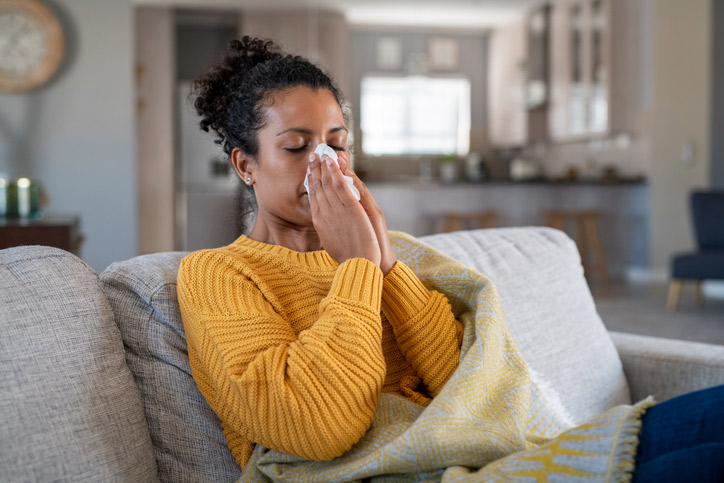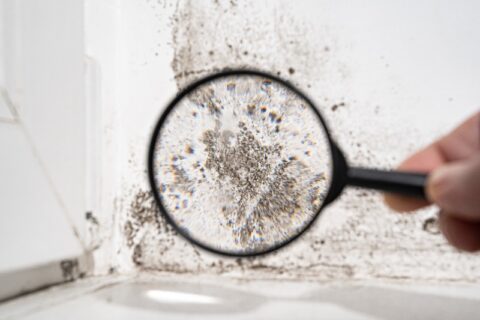What to Know About Mold Allergies vs Seasonal Allergies

Have your allergies gotten you down? Do they follow a seasonal pattern? If not, you may be having an allergic reaction to mold in your home, which is a very different problem with a different solution. Here are a few ways to tell the difference between seasonal allergies and mold allergies.
What Is Mold?
Mold is a type of fungus that grows in multi-cellular filaments called hyphae. (Fungi that grow in single cells are called yeasts.) Mold is common indoors and outdoors in various quantities, usually below a level warranting concern. But some home conditions can foster a large amount of mold, which can cause not only damage to your home but also a variety of health problems. One such problem is an allergic reaction to the spores released as part of the fungal reproductive process.
What Causes Seasonal Allergies?
Seasonal allergies are caused by pollen. Pollen consists of many microscopic grains of botanical matter used by plants to reproduce. These plants benefit by spreading these pollen grains far and wide through the air. That’s how it gets into our noses, eyes, mouths and lungs.
In southern California, pollen comes in waves. The first wave is pollen dropped by trees such as ash, eucalyptus, mulberry, olive, oak, sycamore, and walnut. The second pollen wave (mostly in summer) is from grasses such as bermuda, blue, oat, and rye. (Summer is also the height of lawn-mowing season, which helps make pollen airborne.) The third wave is marked by pollen from weeds such as California sagebush, pigweed, elm, and Russian thistle.
How to Tell the Difference
The easiest way to distinguish these two types of allergies is by when they occur. Seasonal allergies tend to be worst in the spring but can begin to flare up in late February and not end until autumn. They can be exacerbated when you spend more time outdoors or with your windows open.
In contrast, allergies triggered by mold within your home can last all year. They’re most prominent when you’re spending more time indoors. Problem areas within the home are the places with the most moisture — bathrooms, kitchens, laundry rooms and basements. Even if you don’t have allergies at all, you may want these places checked for mold periodically, as mold can cause a variety of health problems as well as damage to your home.
Outdoor Mold
Mold spores float around outside as well. If you have allergy problems primarily when you’re outside, but your symptoms have no relation to allergy season, you may be reacting to outdoor mold. Since fungus loves moisture, this is a more common problem in wet environments.
Pacific Flood Restoration is a leading water damage repair company in San Diego. We can help you prevent mold from water damage, and fix whatever damage your home may have sustained, through mold remediation. We have a reputation for integrity and high-quality services. Give us a call at 832-294-5462 or contact us online if you find signs of water damage in your home.


